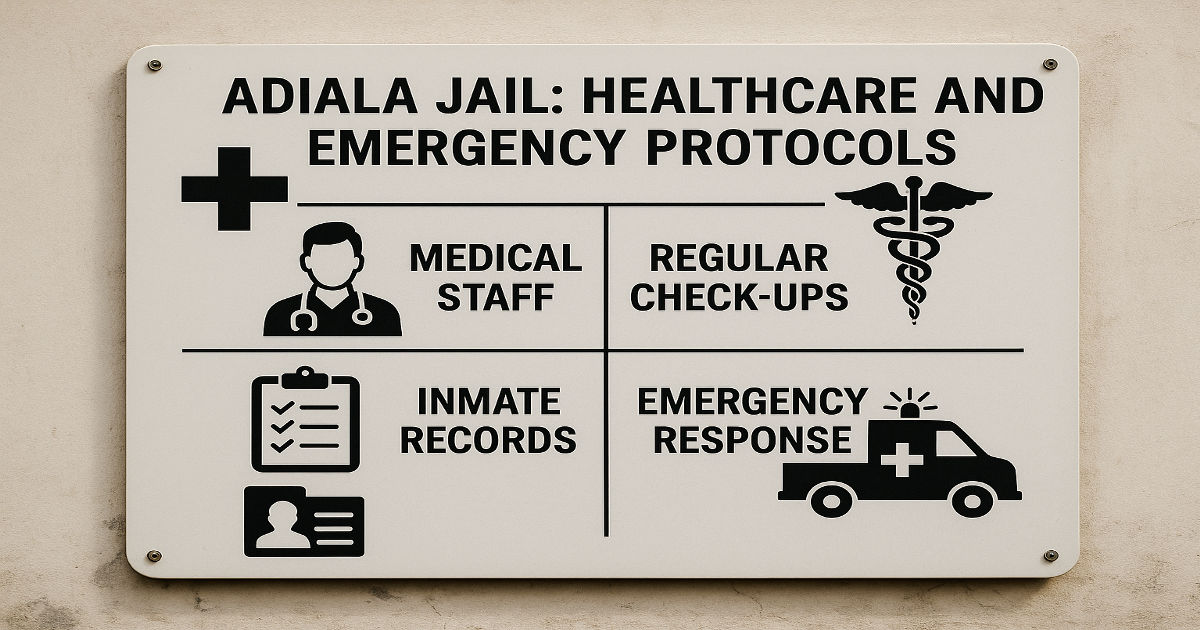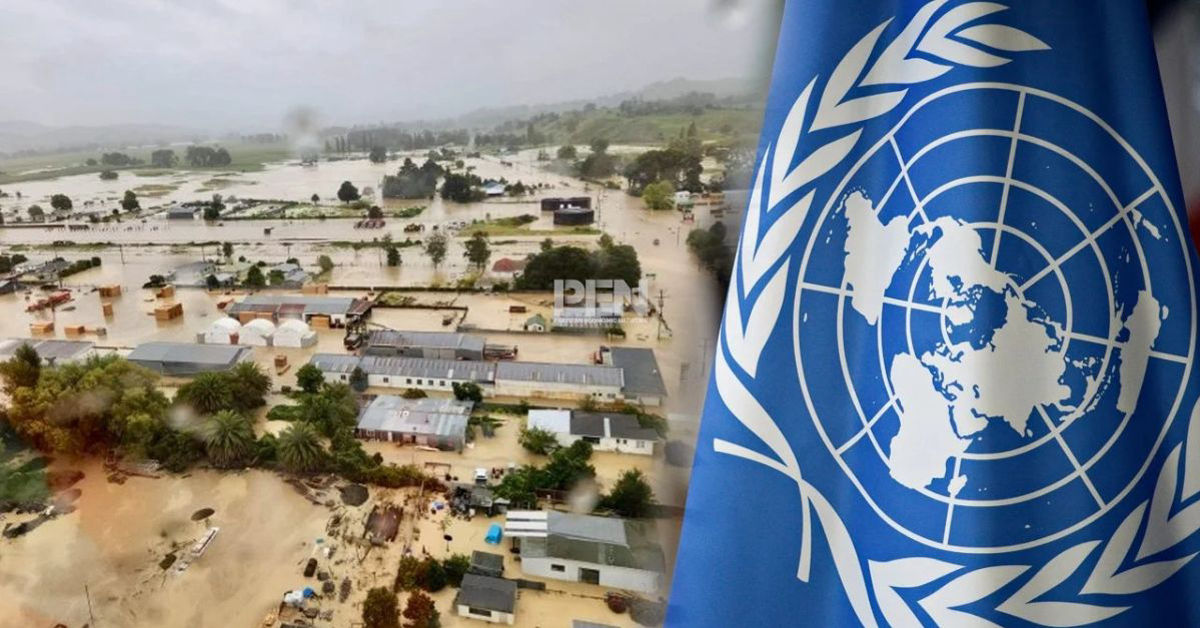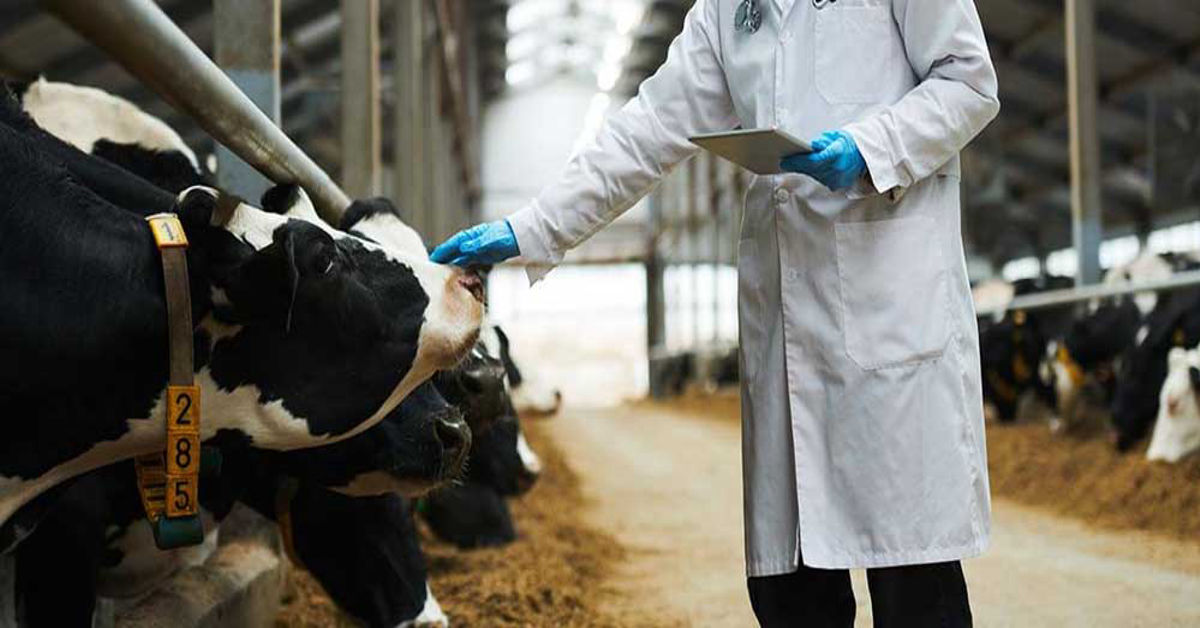
Australia is currently experiencing a surge in COVID-19 infections due to the rapid spread of a new Omicron sub variant, NB.1.8.1. Emergence of NB.1.8.1 Variant has been detected in multiple states, including Victoria, New South Wales (NSW), and Western Australia, and is now the dominant strain in several regions. The World Health Organization (WHO) has classified NB.1.8.1 as a “variant under monitoring” due to its increased transmissibility and potential to evade immunity.
Characteristics of NB.1.8.1 Variant
NB.1.8.1 is a descendant of the Omicron lineage, exhibiting mutations that enhance its ability to infect cells more efficiently. While it does not appear to cause more severe symptoms than previous variants, its increased transmissibility has led to a significant rise in cases. The variant’s ability to partially evade immunity from prior infections and vaccinations has contributed to its rapid spread.
Regional Impact and Case Numbers
In Queensland, over 15,000 COVID-19 cases have been reported in 2025, with an average of more than 100 new cases daily. Hospitalizations have also increased, with nearly 3,000 individuals admitted this year. Similarly, in Victoria, the NB.1.8.1 variant accounts for 40–50% of new cases, leading health authorities to urge residents to receive booster vaccinations.
Declining Vaccination Rates
Despite the rising cases, vaccination uptake has declined. Only about 6% of Australians have received a COVID-19 booster shot in the past six months, with Queensland’s rates at their lowest since the vaccine rollout began. This decline in booster vaccinations is concerning, as it may reduce community immunity and contribute to the ongoing spread of the virus.
Impact on Vulnerable Populations
Emergence of NB.1.8.1 Variant has effected Older adults and individuals with compromised immune systems. In Queensland, most COVID-19 hospitalizations involve people over the age of 65 who are not up to date with their vaccinations. Health professionals emphasize the importance of booster shots for these groups to reduce the severity of illness and prevent hospitalizations.
Co-circulation with Influenza and RSV
The healthcare system is under additional strain due to the co-circulation of influenza and respiratory syncytial virus (RSV). In Victoria, influenza notifications increased by more than 45%, and RSV cases rose by 19.3% in the past week. This triple threat of COVID-19, influenza, and RSV is placing significant pressure on hospitals and healthcare workers.
Recommendation
Health experts recommend several measures to mitigate the spread of NB.1.8.1 and protect public health. These include staying up to date with COVID-19 and influenza vaccinations, practicing good hygiene, wearing face masks in crowded or enclosed spaces, and maintaining physical distancing where possible. Additionally, individuals experiencing symptoms should seek testing and self-isolate to prevent further transmission.
Government Response and Public Awareness
Government officials are actively promoting vaccination campaigns and public health advisories. In Queensland, health authorities have emphasized the importance of booster vaccinations, especially for older adults and those with underlying health conditions. Public health messages encourage individuals to get vaccinated against both COVID-19 and influenza to reduce the burden on the healthcare system.
Global Context and Monitoring Efforts
The NB.1.8.1 variant is not confined to Australia; it has been detected in several other countries, including China, Taiwan, and Hong Kong, where it has contributed to significant case spikes and hospitalizations. The WHO continues to monitor the global spread of this variant and its impact on public health. Ongoing surveillance and research are essential to understand the variant’s characteristics and inform appropriate public health responses.
Conclusion
The rise of the NB.1.8.1 variant in Australia underscores the ongoing challenges in managing the COVID-19 pandemic. Increased transmissibility and partial immune evasion highlight the need for continued vigilance and adherence to public health measures. Vaccination remains a critical tool in reducing the severity of illness and preventing widespread transmission. Collective efforts are necessary to navigate this phase of the pandemic and protect public health.
































































































































































































































































































